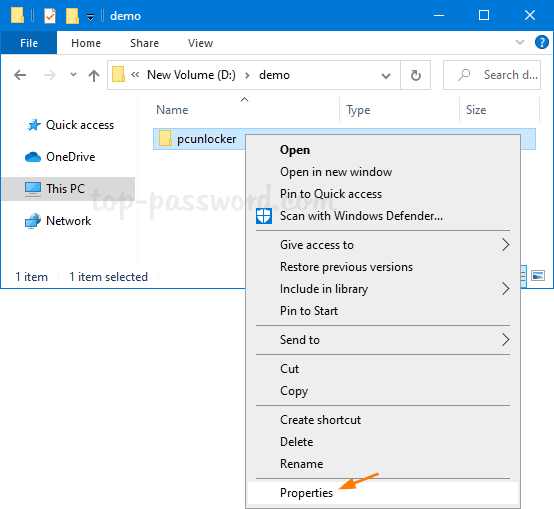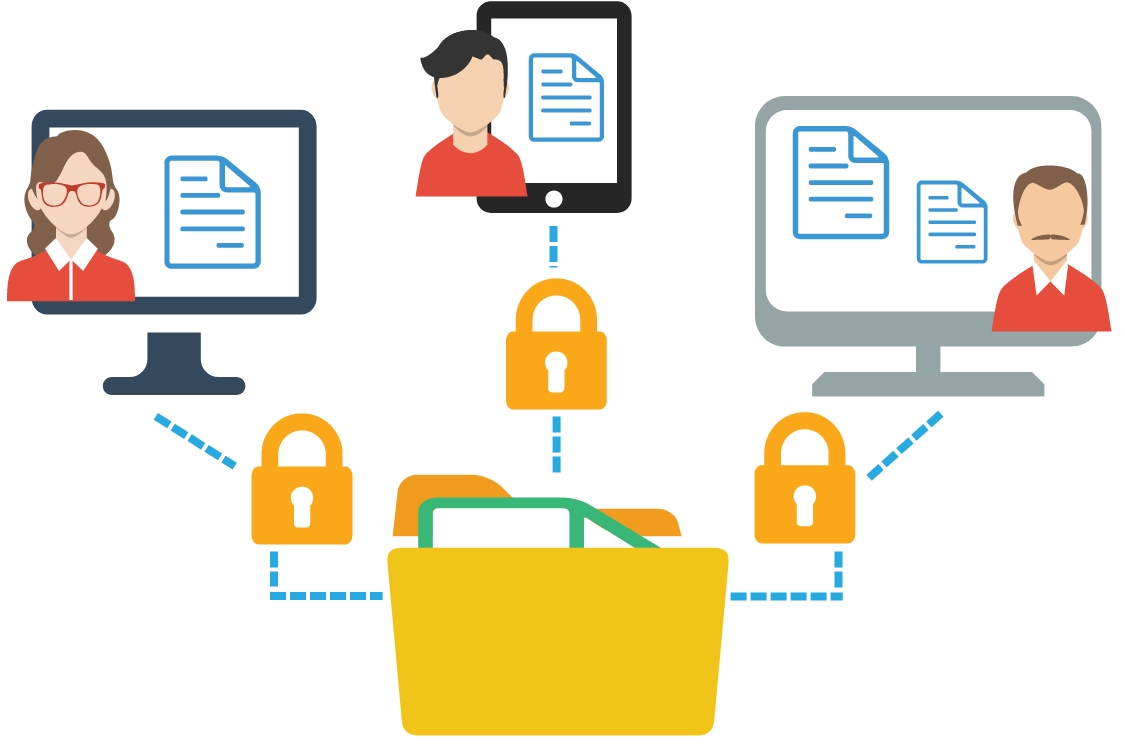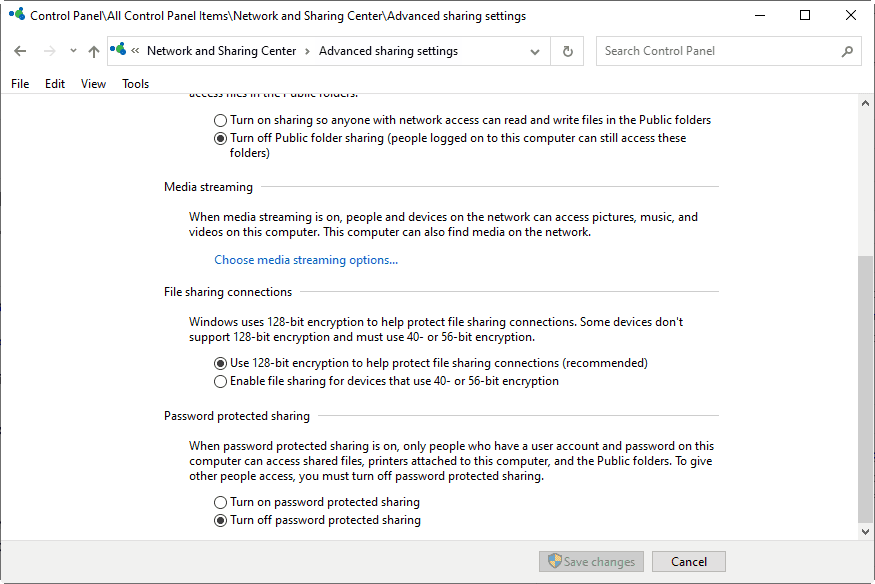

- #HOW TO DISABLE NETWORK FILE SHARING HOW TO#
- #HOW TO DISABLE NETWORK FILE SHARING FULL#
- #HOW TO DISABLE NETWORK FILE SHARING FREE#
First, you should open a snap-in fsmgmt.msc in Windows 10.

You can also configure access settings for public folders or view the currently open public resources and connection sessions.Įxecute these steps to stop file sharing on Windows 10:ġ. Using the fsmgmt.msc snap-in, you can view all public folders of the system, as well as add or remove a public folder. Using Builtin Tools to Stop File Sharing on Windows Solution 1.
#HOW TO DISABLE NETWORK FILE SHARING HOW TO#
This article shows how to disable File Sharing on Windows 10 using built-in tools, a well as how to stop file-sharing on multiple computers at a time using Action1. In Windows 10, using the fsmgmt.msc snap-in, you can not only close the shared access to drives and individual folders, but also get information about shares, active sessions, and open files. For example, using the fsmgmt.msc snap-in, Windows Explorer or cmd. To avoid this undesirable phenomenon, you must revoke the permission to share the Users folder.Ĭonsider several ways to close public access to folders.

When someone allows sharing of any network resources, the system creates Users folder, through which remote users can view your desktop and the My Documents folder.
#HOW TO DISABLE NETWORK FILE SHARING FULL#
Attackers can take advantage of this loophole and get full access to your confidential information. On most computers running Windows operating systems, the Users folder could be open for public viewing. Is there a simple way to disable network sharing (i.e.This guide discusses how to disable shared access to folders in Windows 10, including disabling file sharing to disks or specific folders. recreating users & permissions).įor HTTP: I'll stop the IISAdmin and W3Svc services same reasoning as above.
#HOW TO DISABLE NETWORK FILE SHARING FREE#
If there are issues we may wish to roll back to the current solution - I want this to be painless & as risk free as possible.įor FTP: I'll stop & the FTP (FileZilla) service meaning for roll back I just have to start this service and it will be instantly accessible, without any additonal configuration (e.g. However, after the migration we'll be running some tests to know if all's worked. I want them to get an error if they somehow reach the old system so we know there's an issue rather than waiting for someone to notice integrity issues due to (say) files queueing up on the shares). I want to ensure the old website, FTP and file shares are inaccessible so there's no chance of anyone communicating to the old locations (i.e. Click the Add button, type the name of the user you want to share the files with, click the Check Name button, and then click the OK button. To do this migration, I'd like to disable the current live system and repoint users to the new one. Back to Step 2 of Share Files by Advanced Sharing, select Group or User Names that you have selected before and then click Remove button. users accessing the website), FTP (files to sync data from client devices) and Windows Shares (files to sync data from devices which don't have FTP capabilities). Users and other systems communicate with this system via HTTP (i.e. We're currently upgrading an old app from running on Windows Server 2003 to running it on Windows Server 2012. share files and printers on a network adapter exposed to the Internet, unbind File and Printer sharing to TCP/.


 0 kommentar(er)
0 kommentar(er)
